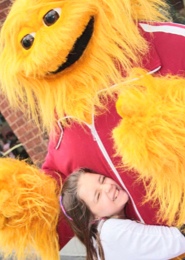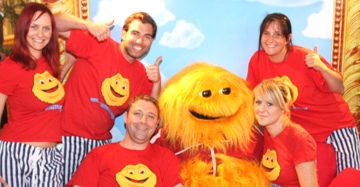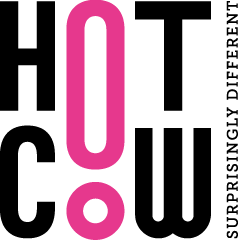
In the marketing world mascots are often used as spokespeople for consumer products, to represent the brand and its public identity. Thought to bring good luck, a mascot can be 2D or 3D, live or inanimate and are always eye catching to attract publicity subsequently reaping the goodwill generated from their presence.
The use of mascots to target children in particular is still potent and is practised by even the biggest of brands. Last Spring for example saw The London Organising Committee of the Olympic Games and Paralympic Games (LOCOG) unveiling its Olympic Mascot, Wenlock and Paralympic Mascot, Mandeville.
Wenlock and Mandeville were created from the last drops of steel left over from the construction of the final support girder for the Olympic Stadium. They will go on separate journeys, often crossing paths and meeting people all over the UK.

It is crucial that while these mascots are created to personify a brand making it more accessible, they maintain the ethos of the brand in question and work towards a predetermined goal.
In Wenlock and Mandeville’s case, their purpose is to encourage active young people and make the Olympics attractive to children. LOCOG Chairman Sebastian Coe commented: “We’ve created our mascots for children. They will connect young people with sport and tell the story of our proud Olympic and Paralympic history. By linking young people to the values of sport, Wenlock and Mandeville will help inspire kids to strive to be the best they can be.”
Through online presence, a limited edition run of t-shirts & pin badges and range of collectable items on sale every child can bring home the Olympic mascots. This in-club mentality worked extremely effectively on Hotcow’s Honey Monster Roadshow.
